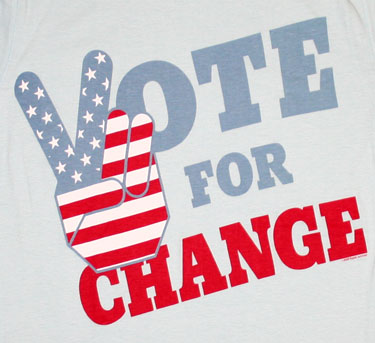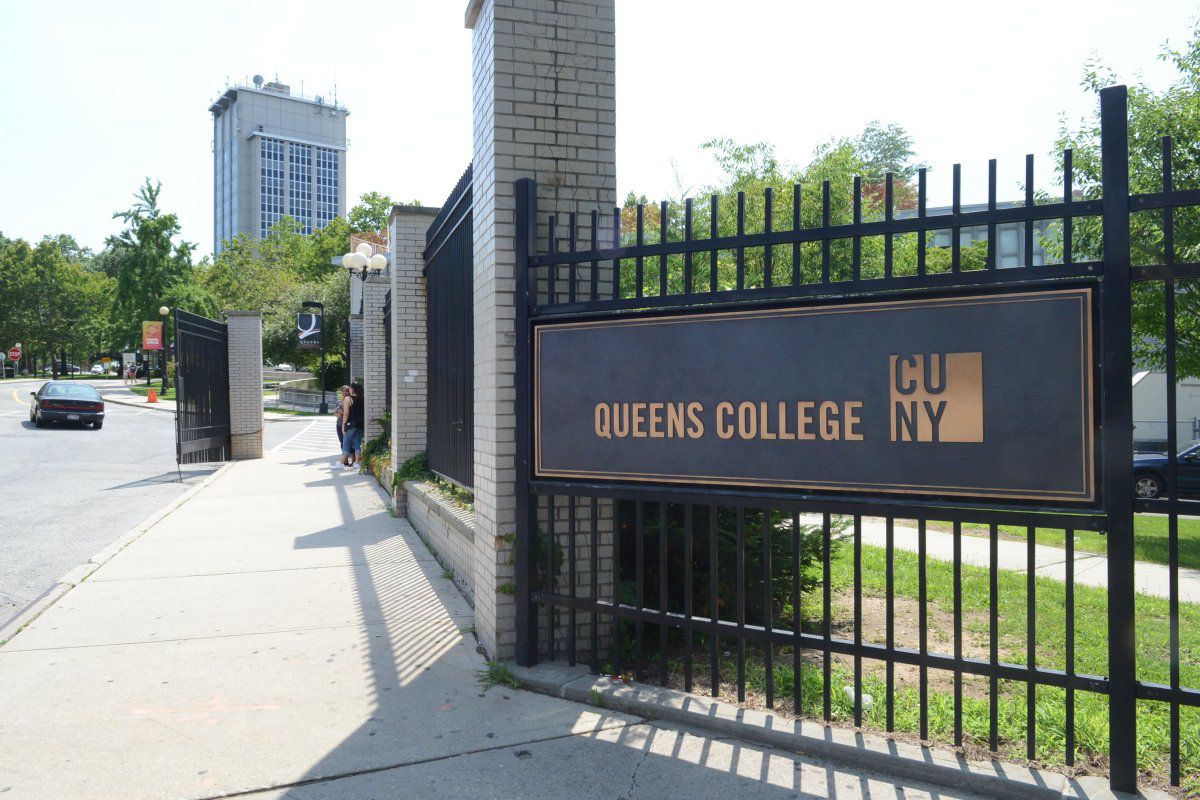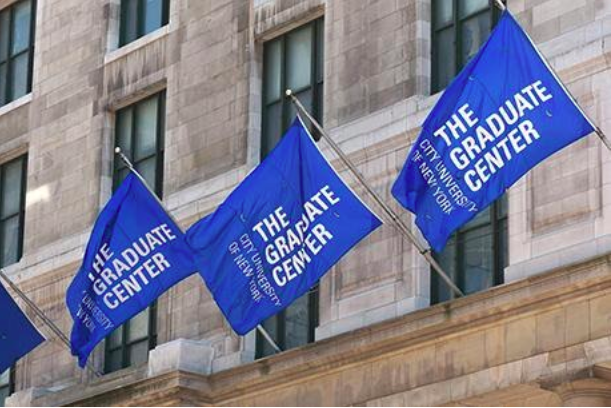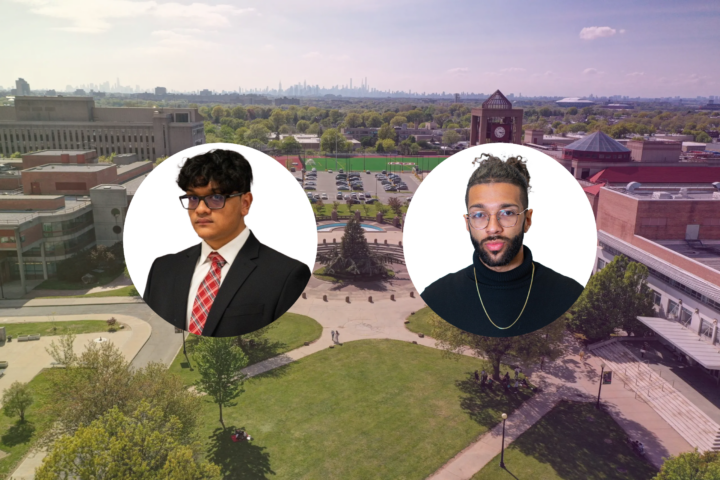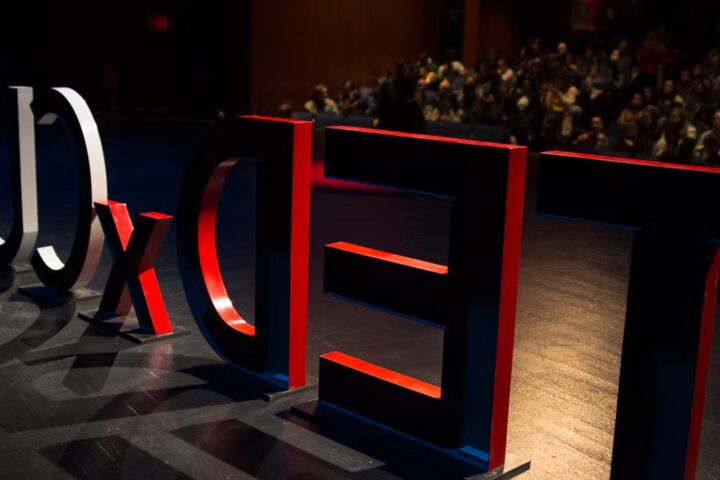Participatory Budgeting at Queens College spent many months developing proposals to help improve Queens College. Now, students will vote on them at tables from April 18 to 21.
Students will vote on 12 proposals worked on by the four committees—Sustainability, Accessibility, Technology and Buildings and Grounds. Students are each allowed to vote on a maximum of three ideas. They can vote at tables located in Benjamin S. Rosenthal Library, the Dining Hall and the Student Union.
One popular proposal from the sustainability committee is adding more flowers on campus; specifically near the Colden Auditorium. Adding these flowers would cost an annual $2,500 to replace those already near the auditorium, and PB-QC plans to add an irrigation system near the auditorium so that the flowers could sustain for years to follow.
Chandni Tariq, a junior majoring in history and political science, explained the other proposals which exist, including a composting program proposal.
“We also have a composting initiative which we have collaborated with a Fitness, Nutrition and Exercise Science professor Claire Consiglio, who has a composting program for a class. We are hoping that we can provide the infrastructure for her to make it a wider program that isn’t just for her class,” Tariq said.
Tariq added that there was a beekeeping initiative, drafted by Mitchell Baker, a biology professor, which was initially pitched unsuccessfully to the college.
“This raised a variety of interesting questions for the PB-QC process. We came across an amazing project that was proposed by faculty. Should we be putting a faculty idea in a ballot for students? Is there any way that PB can serve the needs of faculty and non-instructional staff members in the years going forward?” Tariq said.
For the technology committee, the areas around campus lacking Wi-Fi were cited as major frustrations. In response, committee members met with the Office of Information Technology to discuss the issue.
“They said that students can actually voice those complaints about dead spots on campus and they are obligated to address those problems,” Tariq said. “But the problem is that no one knows that you can do this. So this is interesting because PB-QC is a process that is meant to address the issues with the institutions themselves. Without PB-QC, we would have never known that OIT has a problem with outreach.”
In regards to accessibility, some proposed ideas include adding bicycle racks and Braille to the outdoor maps on campus. For Buildings & Grounds, another proposal consists of acquiring lockers that students can rent out and use.
Alexandra Leston, a junior majoring in CUNY’s Baccalaureate for Unique and Interdisciplinary Studies, said that she would like to see students directly engaging in making changes through participatory budgeting.
“I expect that PB-QC will be an opportunity for students to directly impact their campus in creative ways,” Leston said.
Johanna Colon, a junior majoring in history and secondary education agreed that participatory budgeting provides great opportunities for students to choose what they would like to see at QC.
“PB is special to me because it is direct democracy at its finest,” Colon said.


